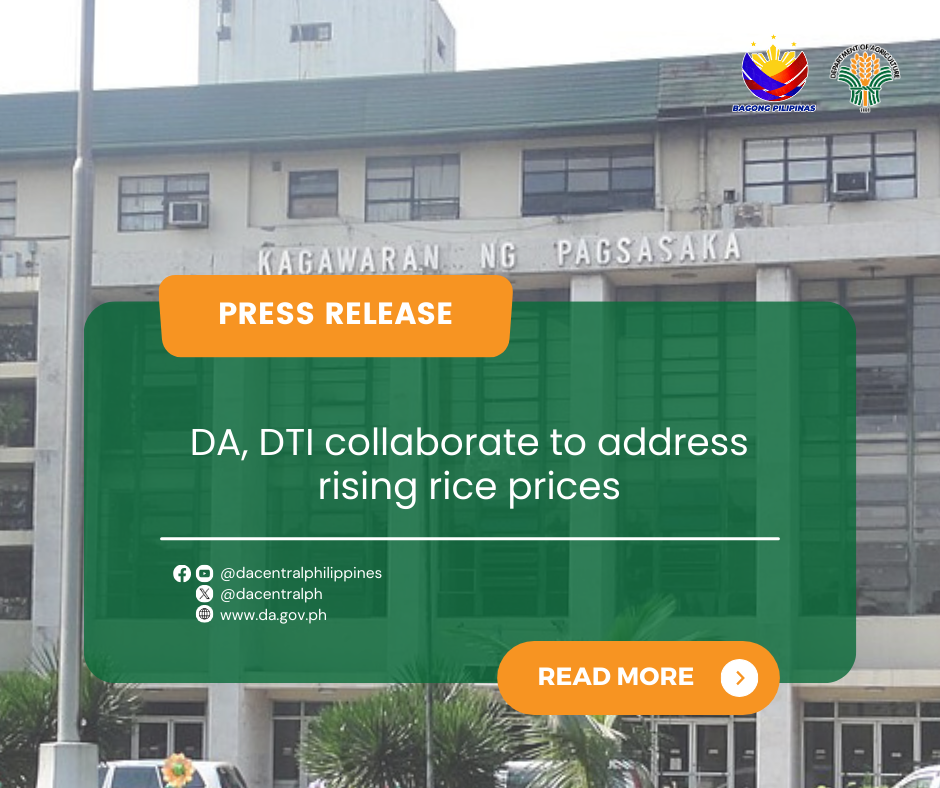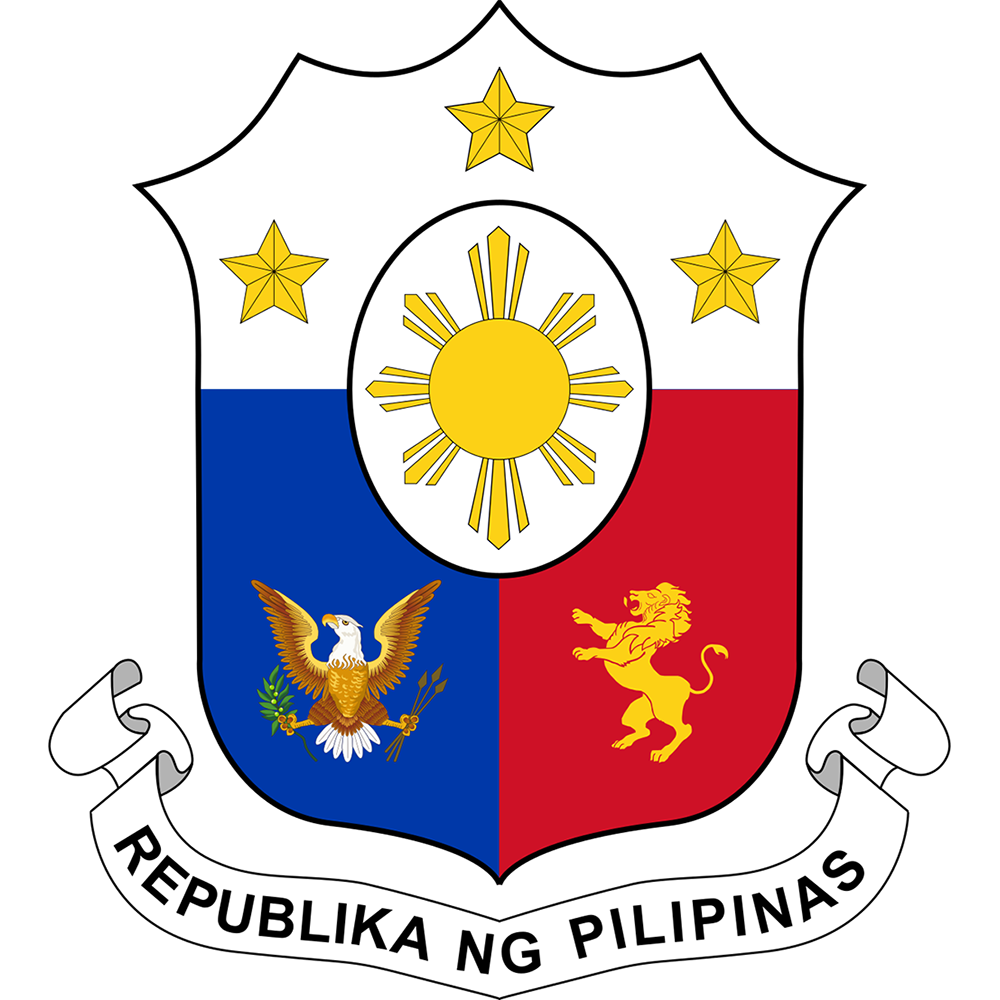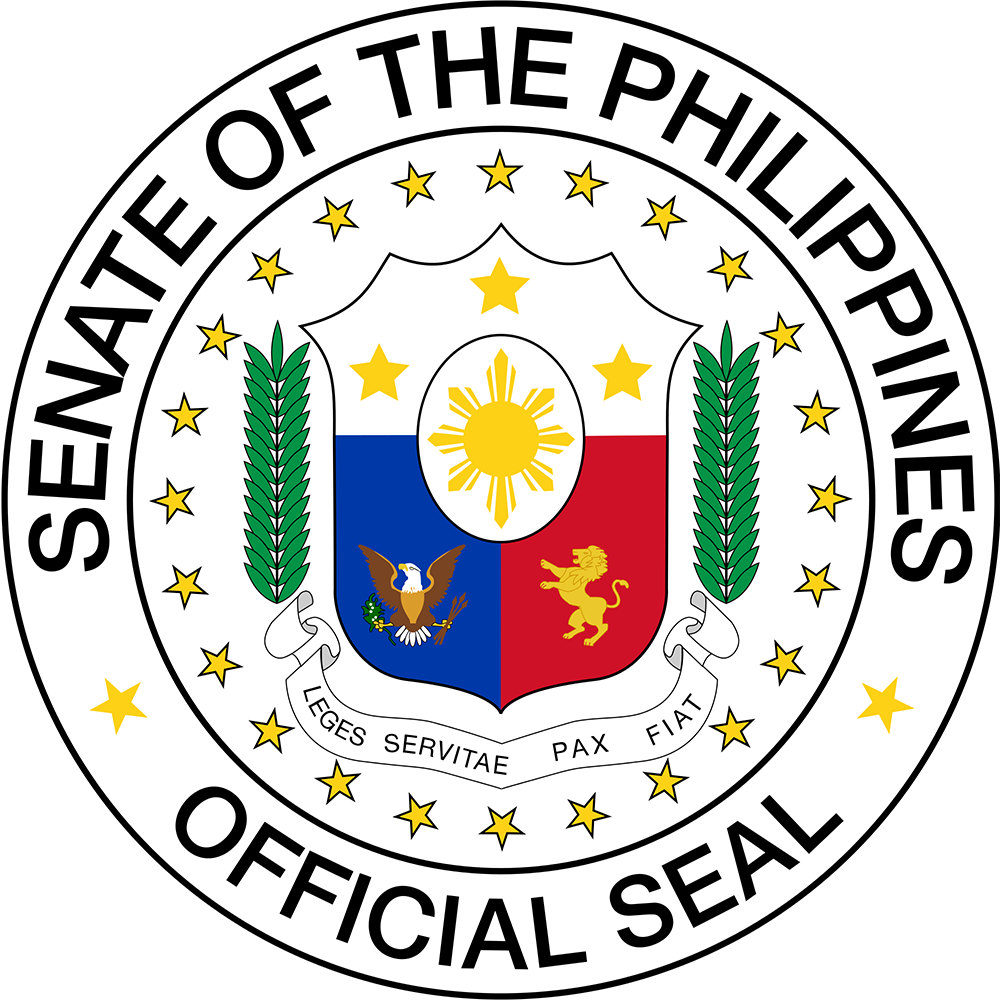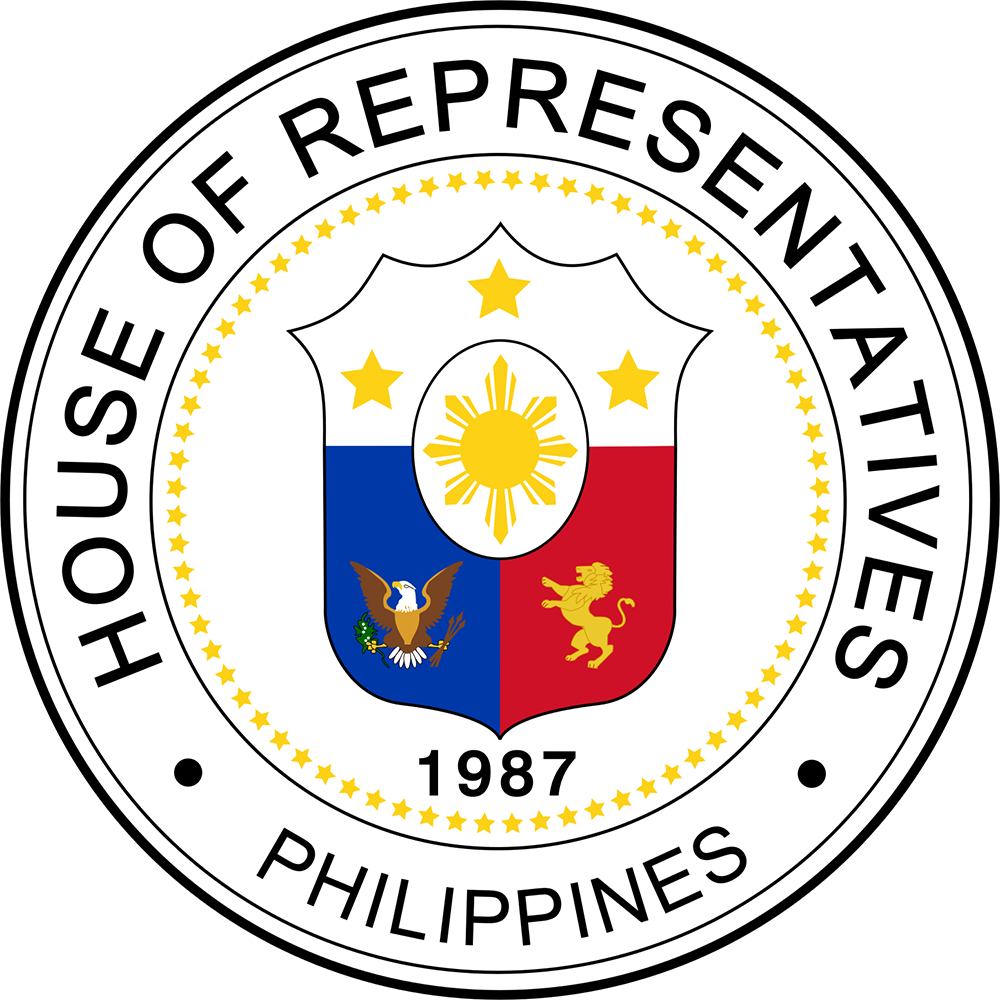
The Department of Agriculture (DA) and Department of Trade and Industry (DTI) have joined forces to explore “creative ways” to reduce rice prices to more reasonable levels and alleviate the financial burden on Filipino consumers.
Agriculture Secretary Francisco P. Tiu Laurel Jr. said the initial focus would be on imported rice, but stressed that government’s efforts would extend beyond that. “Imported rice is just the beginning,” the DA chief said. “We plan to cast the price net wider to include other imported food commodities like vegetables and meat, ultimately benefiting the Filipino consumer,” he added.
DTI Secretary Cristina Roque, who also chairs the National Price Coordinating Council, said she would soon convene the interagency council to review strategies aimed at stabilizing food prices and ensuring fairness in the market. The DA is also part of the NPCC.
“We aim to strike a balance between business sustainability and consumer protection,” Sec. Roque said. “We want the public to know that we are leaving no stone unturned in our efforts to ease the burden on Filipino consumers.”
Both agencies are in the process of determining a maximum suggested retail price (MSRP) for rice. The goal of the initiative is to allow rice importers and retailers to operate profitably while ensuring that consumers are not subjected to excessively high prices.
In parallel, the DA is considering declaring a national food security emergency. This would grant Sec. Tiu Laurel the authority to release rice stocks held in reserve by the National Food Authority, helping to increase supply and bring down retail prices. The DA secretary is also chairman of the NFA Council.
Meanwhile, the DTI will review its existing regulations for sale and labelling of manufactured goods and adapt them for agricultural commodities, particularly rice.
The elevated price of rice has contributed to high inflation throughout the first half of 2024, preventing the Bangko Sentral ng Pilipinas from lowering interest rates, which are crucial for stimulating investments and generating jobs. On average, Filipino consumers spend nearly P10 of every P100 on rice, with the burden even greater for households in the bottom 30 percent of the income bracket.
Sec. Roque and Sec. Tiu Laurel have agreed to draft and sign a memorandum of understanding to expedite efforts to address the persistently high price of rice and, eventually, other essential commodities.
By tackling both supply and pricing issues, government aims to stabilize the rice market and make it more affordable for consumers nationwide. ###














